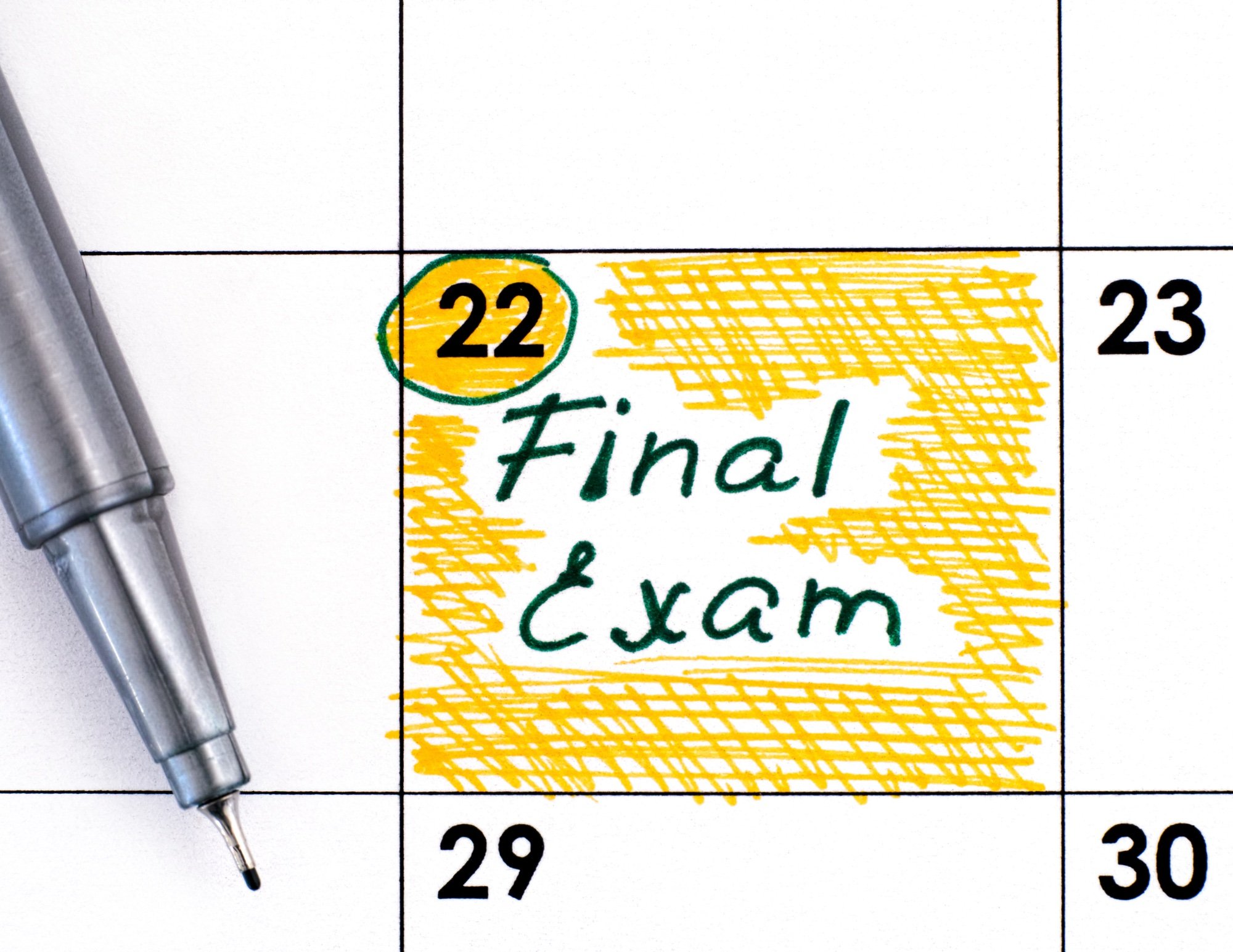If your child’s backpack is overflowing with crumpled papers and chaos, you probably know just how hard it can be to help them effectively organize their schoolwork. For students who struggle with executive functioning skills, one of the most common challenges is organization. This often carries over to impact their grades and performance - they can’t find that homework assignment (“I knew I had it somewhere!”) or English notes are buried somewhere in their math notebook. Teaching children how to implement and maintain an effective binder system to manage their school work can be a game-changer. It improves their performance and success at school, and the process itself strengthens several of the key executive functions they will need for the rest of their lives.
This simple, 3-step guide can help support that effort, but be sure to collaborate and create the system together instead of doing it for them. It is a perfect opportunity to learn how and why these kinds of systems work, and this understanding is crucial for them to successfully maintain that system after it’s been established.
CHOOSING THE RIGHT BINDERS
First, take a field trip together to go binder shopping. Look for their favorite colors or designs to help create a sense of personal investment and pride from the start, and try to choose binders that are durable and can endure the rigor of the school year.
Depending on the number of classes and amount of paper content your student has, consider working with one extra large binder and adding dividers to separate each class, or if there is substantial content, create one binder per subject. If you choose to create one per class, a good rule of thumb is to use 1-2 inch binders that provide enough space for content inside the binder and for all of the binders to fit comfortably in a backpack.
Lastly, having an extra binder to hold past work is also recommended. This way, your student doesn’t need to carry every piece of old content each day, and it is safely stored away for future reference, final exams, etc. For example, finished projects, tests/quizzes, assignments, and notes can all come in handy when preparing for comprehensive summative assessments. Referring back to old feedback can also improve performance on new content. As students review content in their current binders to decide what can be moved to the ‘old content’ binder, they are also developing their executive functioning skill of prioritization.
ORGANIZING WITH DIVIDERS
Inside each binder, use dividers to separate different sections. If using one binder for all classes, the dividers will usually be structured based on each class. If you are creating one binder per class, look at how the course content is broken up (ie. notes, quizzes, and tests). If the course doesn’t have a clear format for organizing content, consider the following categories:
● Class Notes
● Assignments
● Tests and Quizzes
● Homework
Involve your child by strategizing together on what method would be best for the dividers, and ask them to label each divider clearly and consistently. This simple act helps reinforce your child’s executive functioning skills, particularly organization and working memory.
While it is considered best practice to maintain a separate agenda to track daily class activities, announcements, and homework, an alternative option is to create a checklist for each class and store it at the front of each class’s binder (or divider). Either way, using this to track each day’s homework and upcoming due dates will help enhance their task initiation and completion skills.
REVIEWing AND EVOLVing
Set aside time each week to review the contents of the binders together. This not only reinforces the organization but also provides an opportunity to discuss upcoming deadlines and areas needing extra attention. If your child struggles with executive functions, such as planning and organization, regular review sessions with a tutor can be particularly beneficial. They might even benefit from supplemental tutoring focused on executive functioning skills.
As your child becomes accustomed to the binder system, encourage them to take ownership of their organization. Ideally, it should naturally evolve and adapt to your child’s needs. If a certain setup isn’t working, show them it’s normal to adjust and make changes. Each week, as they sort and file the content in appropriate sections, note any moments where they feel like something doesn’t have a good section to call ‘home,’ or if there is a section that seems to stay relatively empty/unnecessary. Ask them to consider what kind of new category might be better suited.
By cultivating these habits, you’re not just organizing schoolwork—you’re building essential executive functioning skills like self-regulation, task management/initiation, organization, prioritization, planning, and metacognition.
Written by Brandi R.







